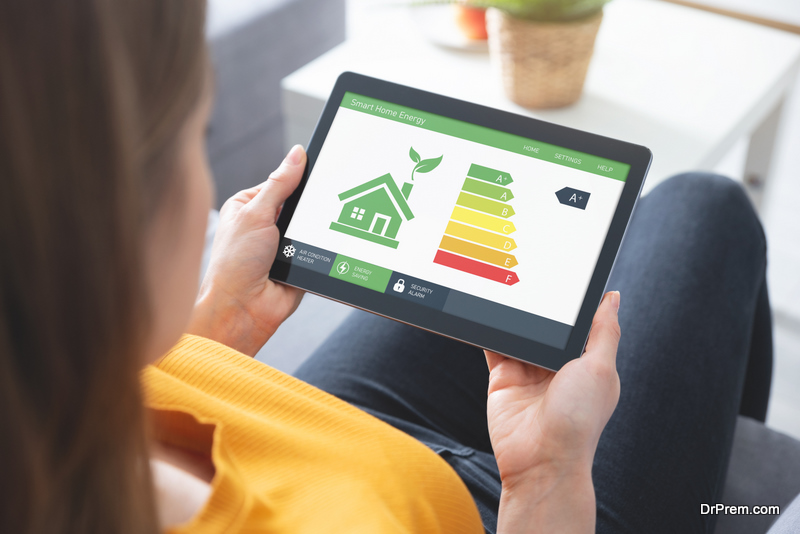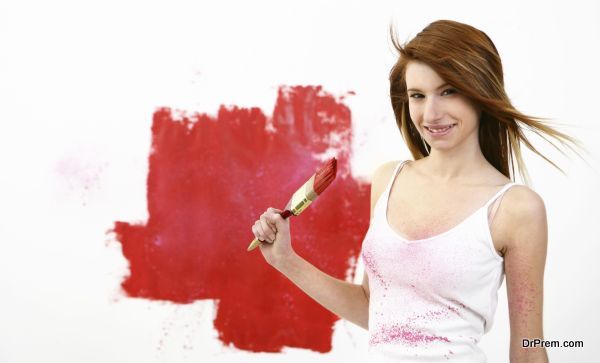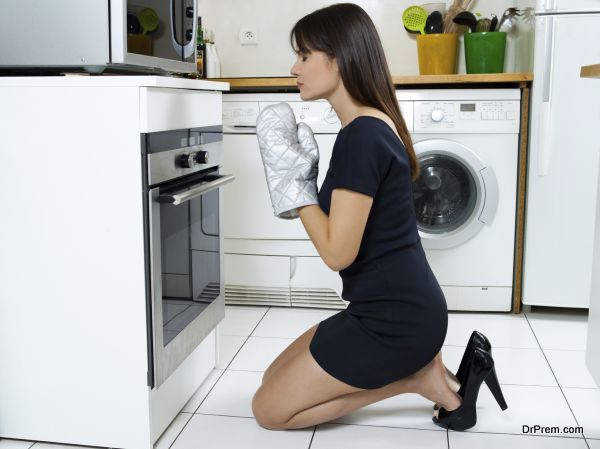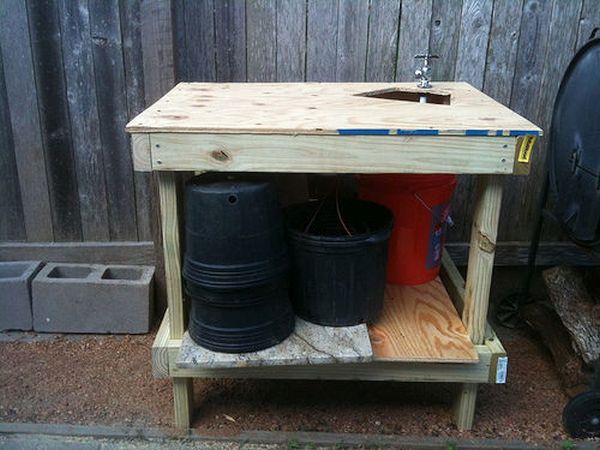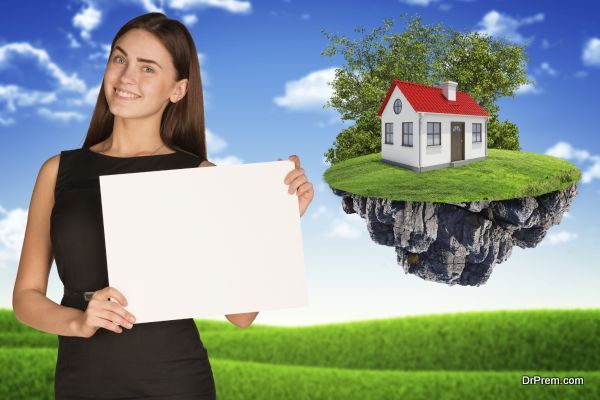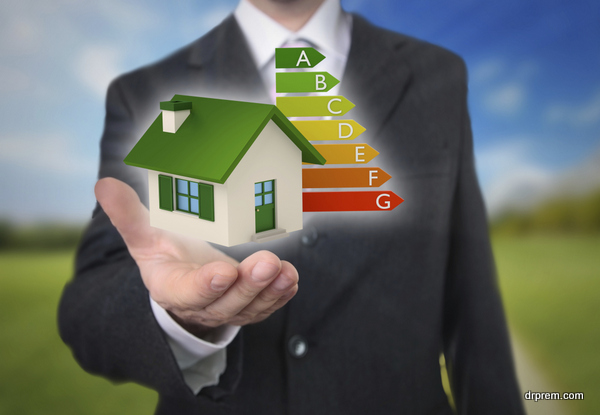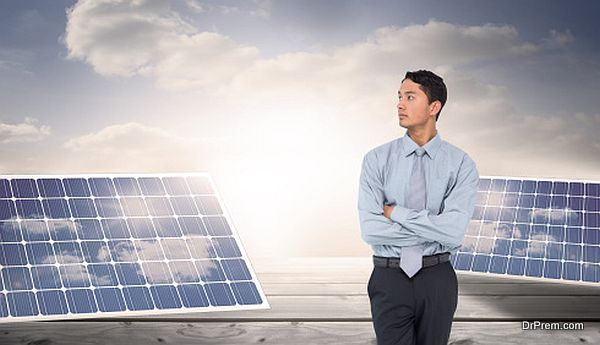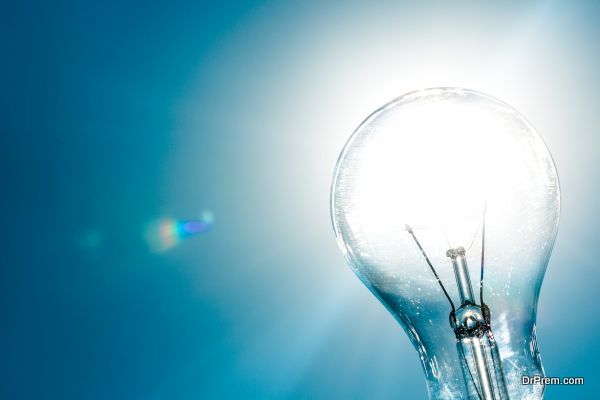If you are new to the concept of sustainability, you might ask, why should I opt for eco-friendly home design trends? Well, owing to our restless nature most of us look for immediate results. We fail to imagine that there’s a future that lies in front of us. If we keep exploiting our planet at the present rate, it might as well be dark. Most of us complain about the fact that eco-friendly houses cost more than normal. However, while doing so, we forget that most of the so-called sustainable designs are more durable, they last longer and require lesser maintenance. In fact, the money that you spent on other construction materials adds up to a much greater sum. Therefore, there’s no reason why you shouldn’t opt for a sustainable house design.
Top 7 Eco-Friendly Home Design Trends
Environmental awareness is at an all-time high, and as science continues to uncover evidence of how human actions impact our environment, many people are stepping up to find ways they can lower their environmental footprint. This includes advanced strategies for new home construction and custom home builders incorporating green building and eco-friendly designs into new homes.
With many home buyers opting for new over resale homes these days and custom home building on the rise throughout the country, it’s easier than ever to incorporate green building into your home’s design. For some great ideas, check out these top 7 trends in eco-friendly home design.
1. Energy Efficient Light Bulbs
We’ll start out with the simplest trend that is sweeping across old and new homes alike – the use of energy efficient lightbulbs that use less energy and last longer. Traditional lightbulbs are called incandescent lightbulbs, but they are being replaced by CFL and LED models. According to The Department of Energy, CFL and LED lightbulbs last from 3 to 25 times longer,and they also use between 25 to 80 percent less energy. While energy efficient lightbulbs cost a little more, you’ll get much more use out of them, and you’ll use less (and pay less) for energy. Energy efficient lightbulbs are the most basic but effective way to make your new home greener.
2. Low VOC Paint
Another small but important step to an eco-friendly home is to use low VOC paint for both interior and exterior surfaces. VOC stands for volatile organic compounds. These are hazardous carbon-based chemicals that are found inside paint and can evaporate into the air. When they evaporate inside your home, they can be harmful to your health when you breathe them in, and when they evaporate outside, they contribute to pollution. Paint developers have been working for years to lower the VOCs in paint, and there are now many low VOC options to choose from. Once again, you’ll pay slightly more for low VOC paint, but you’ll be helping the environment and your own health.
3. Energy Efficient Appliances
When you build a new home, you’ll be installing it with all new appliances. Many homeowners are paying a little bit more to purchase energy efficient appliances that will save them much more in the long run. There are energy efficient models for nearly every appliance out there – stoves, refrigerators, dishwashers, microwaves and more. These energy-efficient appliances will reduce your energy consumption and, therefore, your energy bill. Not only are they a good way to go green, but the savings really add up over time as well.
4. Locally-Sourced Materials
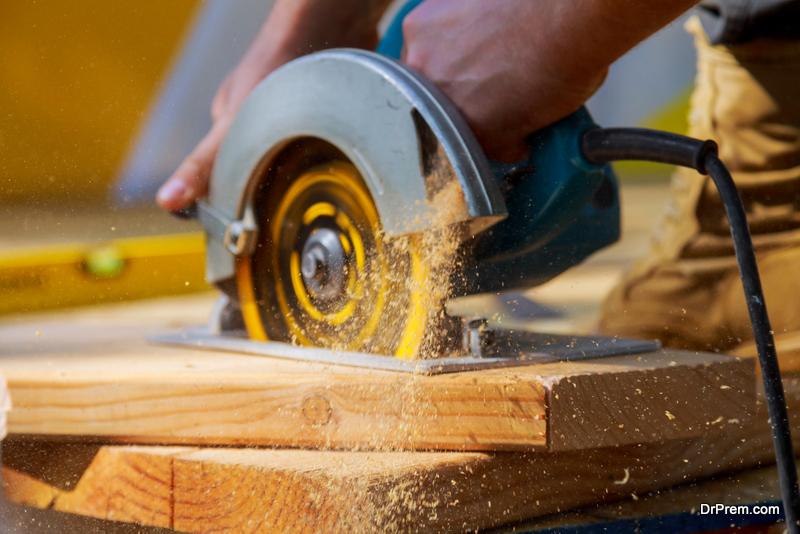
Another trend in eco-friendly home design is to use locally-sourced materials. This refers to using materials (anything from basic wood and steel to cabinets and countertops) that are made locally or as close to your location as possible. This is eco-friendly because it eliminates extra shipping and trucking of materials, which adds pollutants into the air. It’s also a sustainable way to support your local community. Your home builder can help you in locating and choosing locally-sourced materials for your new home.
5. Greywater Reuse
Environmentally friendly new home construction has to do with conserving resources, which includes not only energy but also water. One of the growing trends in green building is to find a way to reuse greywater. Greywater is the water from your home that is only lightly used – the water that is washed down the drain, shower, tub or washing machine. This water may have some traces of food, dirt or other products in it, but it is still safe to use in many applications, such as outdoor irrigation. New home builders can install pipes that channel this water outside, allowing you to conserve water by using your own greywater.
6. Net Zero Energy
Most of the other ideas on this list can be adopted by anyone who wants to live a little greener, but if you’rereally motivated, you can also go big by building a net zero energy home. Net zero means that your home can create its own energy, and the amount it creates is equal or greater to the amount of energy you consume. Home builders create net zero energy homes first by lowering energy consumption to the lowest possible usage (for example, using good insulation and energy efficient features),then by adding a renewable energy source like solar panels.
7. Green Home Certification
A final eco-friendly trend for new home construction is the trend of getting a green home certification. The most popular certification program is LEED. It measures new homes on various categories (like water efficiency, materials, resources, energy use and so on) then gives you a score based on how green your home is. If you reach a certain level, you can get agreen home certification which gives the homeowner a sense of pride but also increases home value in the case of a resale.
This list really only skims the surface of some of the most popular trends in eco-friendly home design, but there are plenty of other options available as well as new ideas and technology popping up every day. If you’re interested in green building, be sure to talk to your home builder before you build a new home to have your eco-friendly ideas added in.
3 Ways to Make an Old Home More Efficient
You may put a lot of time, money, and effort into your old house. If, you love old houses, you’ve found it’s very possible to bring any house into the 21st century in terms of reliability and efficiency. Here’s are some eco friendly home design alterations you can do:
1. Add Insulation
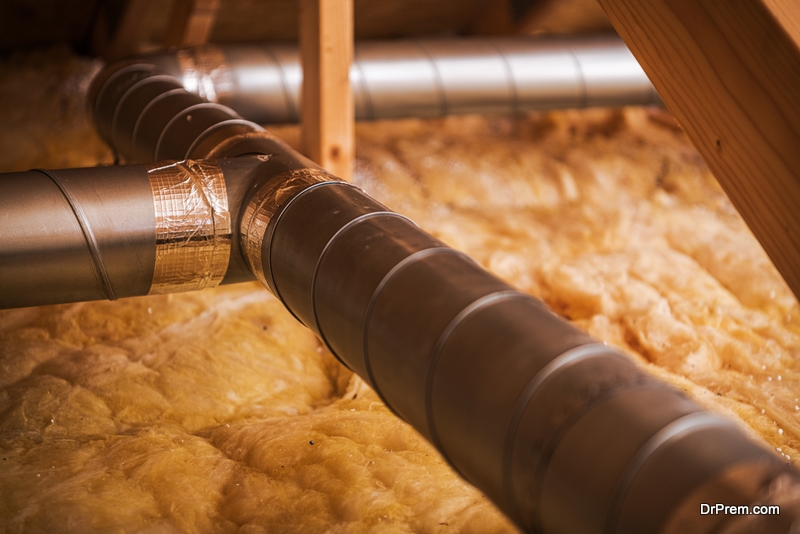 If your house is more than a couple of decades old, you’ve likely got some work to do to insulate it properly. Even if you have had this done in decades past, earlier attic insulations could compress and lose their effectiveness. It’s best to have a professional give your house a once over, to make sure that you aren’t losing energy to poor insulation. Even if you’ve owned your home for some time, home inspections can save you a lot of money in the long term.
If your house is more than a couple of decades old, you’ve likely got some work to do to insulate it properly. Even if you have had this done in decades past, earlier attic insulations could compress and lose their effectiveness. It’s best to have a professional give your house a once over, to make sure that you aren’t losing energy to poor insulation. Even if you’ve owned your home for some time, home inspections can save you a lot of money in the long term.
2. Buy a Tankless Water Heater
Tankless water heaters are one of the greatest energy saving devices to hit the market in quite some time. On the one hand, you’re not paying to perpetually heat large amounts of water. Instead, you’re only heating the water that you need, when you need it. The tankless water heater works so fast that there’s no wait when you need hot water for a shower or to clean your dishes. Plus, it exhausts only heat, so they don’t typically need to be vented. That heat can be used to warm up your floors if the unit is located in a basement. This is a great way to make the most of a necessary appliance, while saving on energy costs and space to boot.
3. Regulate Your Water Usage
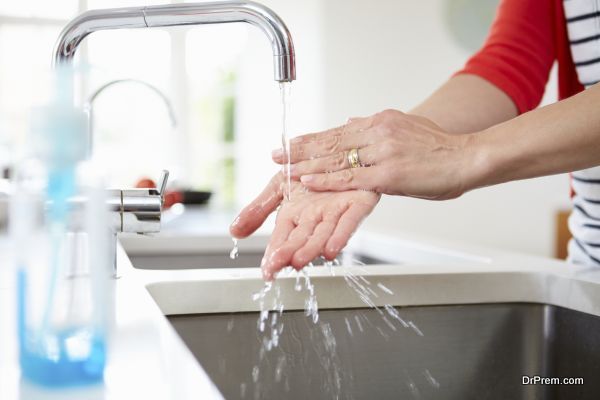 Optimizing your water usage can save you up to hundreds of dollars a year. Change all of your shower and faucet heads to efficient, low-flow units. This will save you gallons a day. Also, as you invest in new appliances as the years go on, pick out units that don’t waste water, like high efficiency washers.
Optimizing your water usage can save you up to hundreds of dollars a year. Change all of your shower and faucet heads to efficient, low-flow units. This will save you gallons a day. Also, as you invest in new appliances as the years go on, pick out units that don’t waste water, like high efficiency washers.
Five tips for Green Home Decorating
We all want the place to be convenient, cozy and good looking, but it doesn’t have to come at the expense of the environment. If you want to know how to go about decorating your home without denting the beauty of Mother Nature, read on!
1. Use Natural Fibers
 The major spots that usually get most attention while decorating are the sitting room furniture, windows, bed and dining arena. Sometimes, we are spoilt for choices on what we can choose – natural or inorganic fibers. In such cases, you should always go for green, which means using Nature’s products. Choosing natural fibers, such as cotton, linen or bamboo, will be a bid stride in living green. Since the narrative for environmentally-friendly living has already gained a lot of traction, you will see many readily available fabrics donned in eco-friendly designs! Sometimes they might be a little bit on the pricey side, but if you use coupons codes from websites; this should be able to bring the cost down significantly.
The major spots that usually get most attention while decorating are the sitting room furniture, windows, bed and dining arena. Sometimes, we are spoilt for choices on what we can choose – natural or inorganic fibers. In such cases, you should always go for green, which means using Nature’s products. Choosing natural fibers, such as cotton, linen or bamboo, will be a bid stride in living green. Since the narrative for environmentally-friendly living has already gained a lot of traction, you will see many readily available fabrics donned in eco-friendly designs! Sometimes they might be a little bit on the pricey side, but if you use coupons codes from websites; this should be able to bring the cost down significantly.
2. Green Gardening
Every home uses plenty of food products, but what happens later to their packaging? It’s not so difficult to make good use of those! For example, when you come face to face with slew of used food jars, instead of bundling them away as trash, reconvert them into beautiful cans in the garden. Just put some soil in the jar, add some manure, put seedlings and then keep nourishing them with water. Your garden is going to be the most beautiful thing around this season!
3. Don’t Over-Decorate
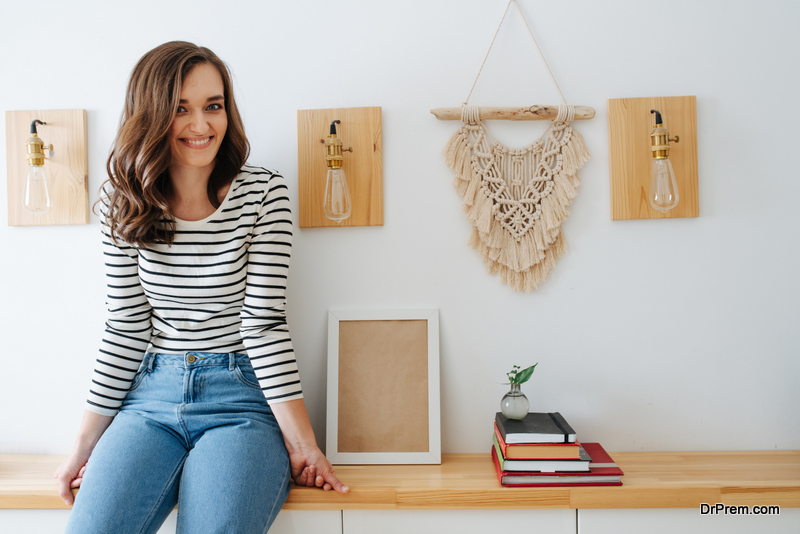 The number one problem according to conservationists is actually wastage. Hoarding more than we need deprives posterity of essential necessities. Therefore, before you purchase your decoration materials, assess the need to avoid wasting them away. Additionally, if you find yourself having more than you need, a charity gesture wouldn’t be a bad idea after all. After knowing clearly what your house requires, don’t forget to go for eco-friendly products.
The number one problem according to conservationists is actually wastage. Hoarding more than we need deprives posterity of essential necessities. Therefore, before you purchase your decoration materials, assess the need to avoid wasting them away. Additionally, if you find yourself having more than you need, a charity gesture wouldn’t be a bad idea after all. After knowing clearly what your house requires, don’t forget to go for eco-friendly products.
4. Recycle Materials
Reusing old decoration materials is definitely the step you should be taking. Just when you thought the décor isn’t needed any longer, a little bit of ingenuity can give it another function. If it doesn’t match the room it was in, perhaps your garden or another area can benefit from its presence? Also, if you have a problem with your furniture or table finishing, it can easily undergo minor repairs of overhauling the whole thing. So, recycling is the mantra to keep old products worth using for a long time. However, if it must go, give it to charity. A number of organizations will be more than willing to give you an offer!
5. Swap Decorative Items
 It is possible that some of the items you bought didn’t fit well with your furniture or walls. Don’t think that’s the end! A new trend is slowly emerging – swapping items. It not only saves money but also avoid potential wastage. There are plenty of people who could be potentially interested in the things you’re not, so just reach out to them. In exchange you will be able to get decorative items from others! It really is a win-win situation because no one will have to go shopping again.
It is possible that some of the items you bought didn’t fit well with your furniture or walls. Don’t think that’s the end! A new trend is slowly emerging – swapping items. It not only saves money but also avoid potential wastage. There are plenty of people who could be potentially interested in the things you’re not, so just reach out to them. In exchange you will be able to get decorative items from others! It really is a win-win situation because no one will have to go shopping again.
A final note on eco-friendly home design trends
Thanks to the Internet, there are a couple of online platforms where this market thrives. If you do not know them, worry not; it is just a click away – a Google search is sure to bring you more detailed information about the area you live in.There are plenty of ways to renovate a home in order to make it more efficient. These are just three of the most common. Luckily, new products are designed to be more efficient than old ones. As things break and need to be replaced in your old house, the replacements will invariably improve your home’s efficiency. If you can cover some of the areas that don’t fix themselves, you’ll have a green, efficient home, regardless of age.


